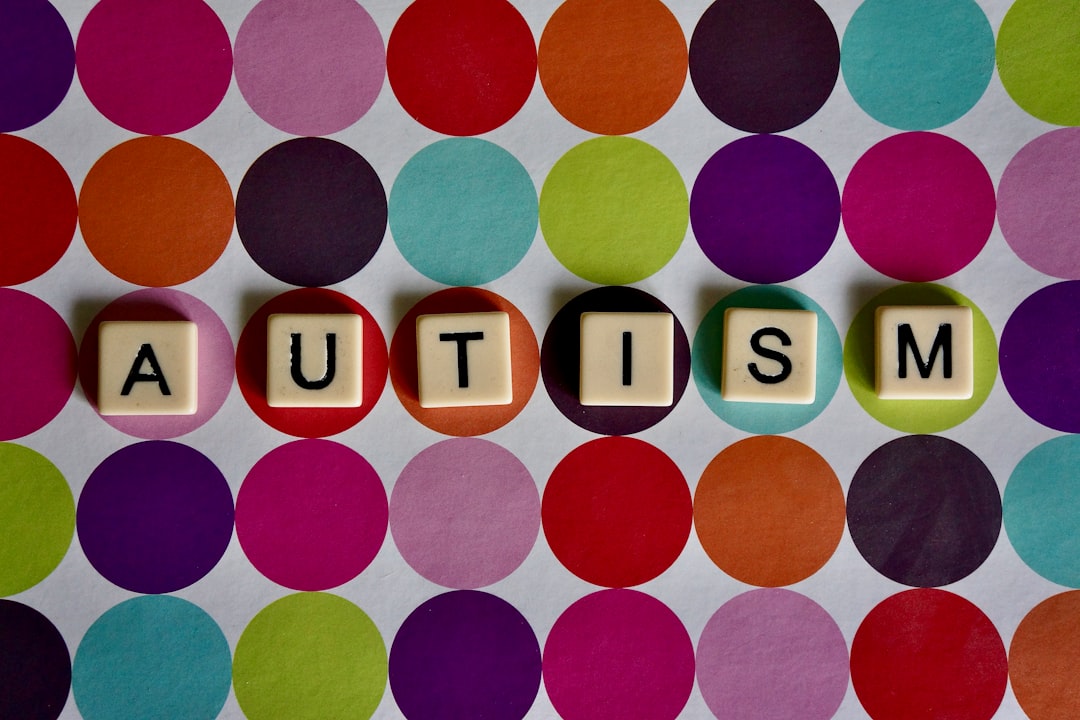A Desperate Search for Solutions (Image Credits: Unsplash)
In the bustling suburbs of Southern California, where hope flickers like the screen of a high-tech device, families grapple with the daily realities of supporting a child on the autism spectrum.
A Desperate Search for Solutions
Imagine pouring your life savings into a gadget that claims to transform your child’s world, only to find out the science behind it is shaky at best. That’s the reality for many parents right now. With autism diagnoses on the rise, the market has exploded with tools promising everything from better communication to reduced anxiety.
One Southern California company has families lining up, handing over thousands of dollars for sessions with their specialized technology. Parents describe moments of breakthrough, but experts warn these stories might be more wishful thinking than proven results. The emotional pull is strong, especially when traditional therapies fall short.
Yet, the lack of solid evidence leaves everyone questioning: Is this progress or just a pricey placebo? Researchers are stepping in, arguing that without clear rules, vulnerable families could face heartbreak and financial ruin.
The Tech That’s Turning Heads – And Emptying Wallets
This isn’t your average app or toy; we’re talking advanced devices like transcranial magnetic stimulation systems, marketed as game-changers for autism symptoms. Sessions can cost up to $15,000, with families committing to multiple visits. The pitch? Non-invasive brain stimulation to ease social challenges and repetitive behaviors.
Companies highlight testimonials and small studies, but larger trials show minimal benefits. One parent shared how their child seemed more engaged after treatment, sparking hope amid the routine struggles. Still, without rigorous testing, it’s hard to separate real gains from the power of expectation.
The appeal lies in the novelty – a quick, tech-savvy fix in an era where everyone wants innovation. But as costs add up, so do the doubts about whether this tech delivers on its bold promises.
What the Science Really Says
Diving into the research reveals a stark picture: most studies on these autism technologies are small-scale or preliminary. Major health organizations haven’t endorsed them, citing insufficient data on long-term effects or safety for kids. For instance, while some trials report slight improvements in focus, others find no difference from standard therapies.
Experts from universities across the country are sounding alarms. They point to the ethical minefield of selling hope without proof, especially to parents already stretched thin by medical bills and lost work time. One researcher likened it to the early days of untested supplements – exciting but ultimately unreliable.
The bottom line? Without bigger, independent studies, these treatments remain in the experimental realm. Families deserve transparency, not hype.
Ethical Red Flags in the Marketing Game
Marketing these devices often leans on emotional storytelling over hard facts, with ads featuring joyful family moments that tug at heartstrings. Companies rarely highlight the uncertainties, leading parents to believe in miracles that might not materialize. This approach preys on fear and urgency, common in the autism community.
Advocates call for guidelines similar to those for pharmaceuticals – mandatory disclosures of evidence levels and risks. Right now, the Wild West vibe allows exaggerated claims to flourish online and in clinics. A recent push from scientists urges regulators to step up, protecting families from misleading pitches.
Think about it: If a treatment can’t back its claims with data, should it be sold at premium prices? The consensus is growing that no, it shouldn’t – at least not without safeguards.
Real Stories from the Front Lines
Meet Sarah, a mom from the LA area who invested over $10,000 in sessions for her 8-year-old son. She saw small changes in his eye contact, enough to keep going despite the hit to her savings. But when independent reviews questioned the tech’s efficacy, she felt betrayed by the lack of upfront warnings.
Others echo her experience, sharing on forums about the financial strain and emotional rollercoaster. Some families recover through community support, but many regret not exploring evidence-based options first, like behavioral therapies proven over decades.
- High costs without insurance coverage
- Limited access to follow-up data
- Pressure to commit to full packages
- Mixed results that vary by child
- Growing calls for refunds or pauses
Steps Toward Smarter Choices and Better Oversight
As awareness spreads, more parents are turning to trusted sources like the Autism Society for guidance. They recommend starting with therapies backed by organizations such as the CDC, which emphasize early intervention and personalized plans over flashy gadgets.
Researchers propose a framework: Require companies to label treatments as “investigational” and fund public trials. Governments could mandate ethical reviews before marketing begins, ensuring kids’ well-being comes first.
In the meantime, families can arm themselves by asking key questions: What’s the evidence? Who funds the studies? How do costs compare to proven alternatives? Knowledge like this empowers better decisions.
Key Takeaways:
- Question unproven tech – demand peer-reviewed proof before investing.
- Seek ethical marketing standards to protect vulnerable families.
- Prioritize established therapies for reliable, long-term support.
At its core, this issue boils down to balancing innovation with integrity – no family should gamble their future on untested promises. What steps do you think regulators should take next? Share your thoughts in the comments below.




